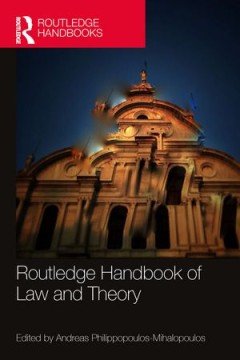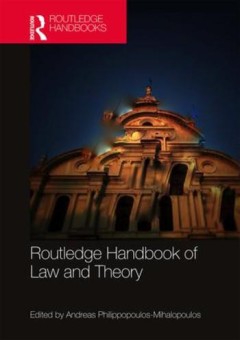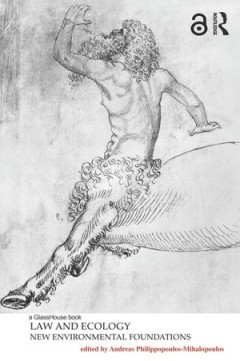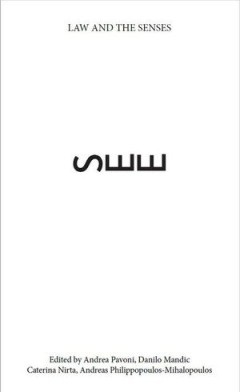Filter by

Law and ecology :new environmental foundations
- Edition
- -
- ISBN/ISSN
- -
- Collation
- -
- Series Title
- -
- Call Number
- -
- Edition
- -
- ISBN/ISSN
- -
- Collation
- -
- Series Title
- -
- Call Number
- -

Routledge Handbook of Law and Theory
This handbook sets out an innovative approach to the theory of law, reconceptualising it in a material, embodied, socially contextualised and politically radical way. The book consists of original contributions authored by prominent academics, all of whom provide a valuable overview of legal theory as a discipline. The book contains five sections: • Spatiotemporal • Sense • Bo…
- Edition
- 1
- ISBN/ISSN
- 1317353005
- Collation
- -
- Series Title
- -
- Call Number
- 554 ROU

Routledge Handbook of Law and Theory
This handbook sets out an innovative approach to the theory of law, reconceptualising it in a material, embodied, socially contextualised and politically radical way. The book consists of original contributions authored by prominent academics, all of whom provide a valuable overview of legal theory as a discipline. The book contains five sections: • Spatiotemporal • Sense • Body • Text …
- Edition
- 1
- ISBN/ISSN
- -
- Collation
- -
- Series Title
- -
- Call Number
- -

Law and Ecology : New Environmental Foundations
Law and Ecology: New Environmental Foundations contains a series of theoretical and applied perspectives on the connection between law and ecology, which together offer a radical and socially responsive foundation for environmental law. While its legal corpus grows daily, environmental law has not enjoyed the kind of jurisprudential underpinning generally found in other branches of law. This bo…
- Edition
- -
- ISBN/ISSN
- 9780415587136
- Collation
- 256 halaman
- Series Title
- -
- Call Number
- 340 halaman

Knowledge-creating Milieus in Europe: Firms, Cities, Territories
This book introduces a radically spatialised approach to knowledge creation and innovation. Reflecting on an array of European urban and regional developments, it offers an updated notion of milieu as the conceptual and material space of knowledge and innovation in line with the interpretative turn in social sciences and humanities. In view of the unwillingness of mainstream economics to accomm…
- Edition
- -
- ISBN/ISSN
- 978-3-642-45173-7
- Collation
- -
- Series Title
- -
- Call Number
- -

See
Vision traditionally occupies the height of the sensorial hierarchy. The sense of clarity and purity, it is the one most explicitly associated with truth and knowledge. The law has always relied on vision and representation, from eye-witnesses to photography, and more precisely it can be understood as that which decrees what is visible and what is not, through its normative gaze. However, if la…
- Edition
- -
- ISBN/ISSN
- 9781911534648
- Collation
- -
- Series Title
- -
- Call Number
- -
 Computer Science, Information & General Works
Computer Science, Information & General Works  Philosophy & Psychology
Philosophy & Psychology  Religion
Religion  Social Sciences
Social Sciences  Language
Language  Pure Science
Pure Science  Applied Sciences
Applied Sciences  Art & Recreation
Art & Recreation  Literature
Literature  History & Geography
History & Geography